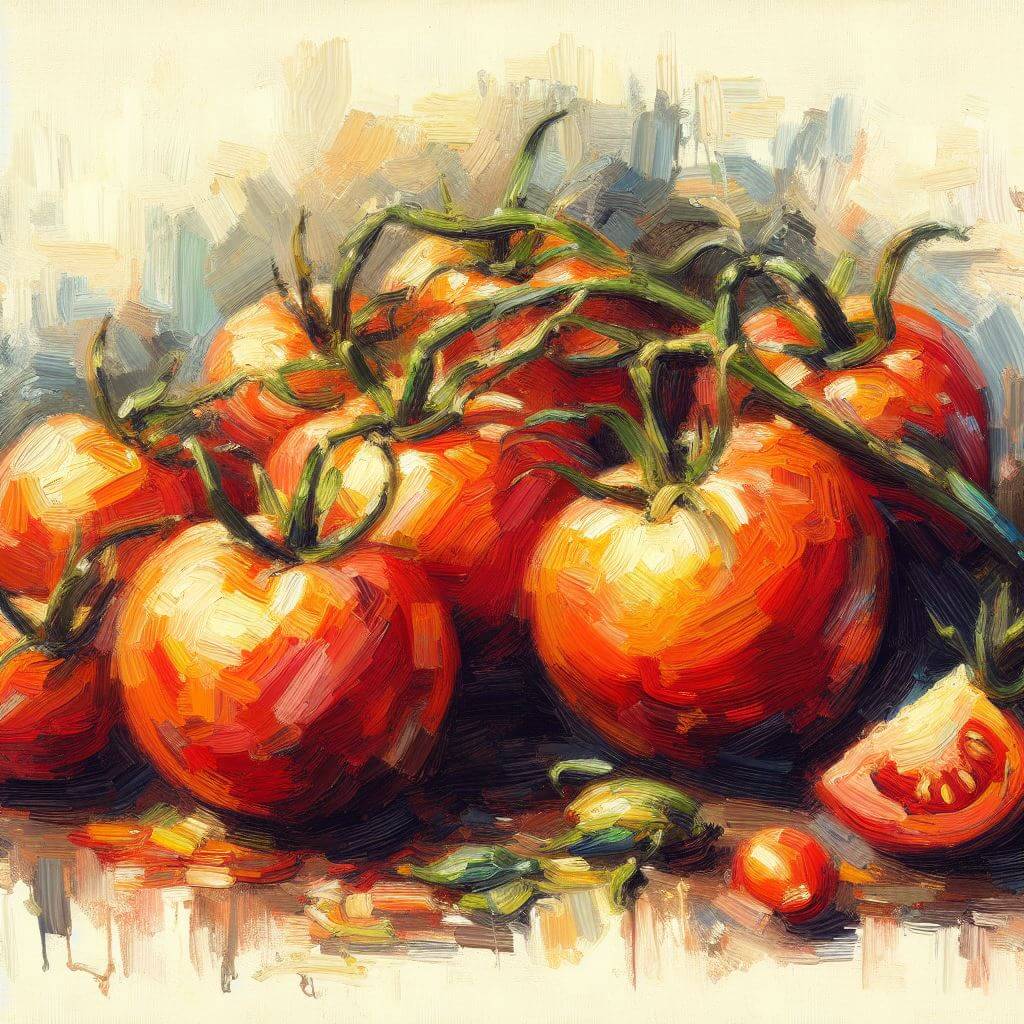
Gardening enthusiasts often find joy in growing their own food, and tomatoes are a popular choice. The satisfaction of nurturing a plant from a tiny seedling to a robust producer of fresh, juicy tomatoes is unparalleled. Understanding when to plant your tomatoes can make the difference between a bountiful harvest and a disappointing yield.
The Alluring Tomato: A Gardener’s Delight
Tomatoes, with their rich flavor and versatile uses, are a staple in many cuisines. They are packed with vitamins A and C, calcium, potassium, and lycopene, a powerful antioxidant. Growing your own tomatoes not only gives you access to fresh produce but also allows you to control the growing conditions, ensuring a chemical-free, organic harvest.
Colorado’s Unique Environment
Colorado’s climate is varied, with cold winters and warm summers, making it an interesting region for tomato cultivation. The soil is generally loamy and well-drained, ideal for tomato plants. The state’s high altitude also exposes plants to more intense sunlight, which can enhance tomato flavor. However, the growing season is shorter due to the late spring frost and early fall frost, necessitating careful timing of tomato planting.

Best Time to Plant Tomatoes in Colorado
In Colorado, the best time to plant tomatoes is after the last spring frost, typically late May to early June. Planting during this period allows the tomatoes to enjoy the warm summer months, crucial for their growth. The time of planting can significantly impact the harvest. Early planting may expose plants to frost damage, while late planting may not provide enough time for tomatoes to mature before the first fall frost.
When to Plant Tomatoes in Colorado: Region-Specific Recommendations
Northern Colorado
This region includes areas like Fort Collins and Boulder. With cooler temperatures and a shorter growing season, the ideal time to plant tomatoes is late May to early June, once the soil has warmed up and the danger of frost has passed.
Southern Colorado
This region includes areas like Pueblo and Trinidad. With a slightly warmer climate, tomatoes can typically be planted in mid to late May, after the last frost.
Eastern Colorado
This includes areas like Sterling and Burlington. This region experiences more extreme weather, with hotter summers and colder winters. The safe window to plant tomatoes usually begins around late May to early June, after the danger of frost has passed.
Western Colorado
This region includes areas like Grand Junction and Durango. Characterized by a semi-arid climate with hot summers and milder winters, the best time to plant tomatoes is mid to late May, once the soil warms and the risk of frost has passed.
Central Colorado
This area includes areas like Denver and Colorado Springs. The weather is relatively moderate, with warm summers and cold winters. Here, late May to early June is typically the best time to plant tomatoes, as frost is less likely.
Remember, these are general guidelines and actual planting times may vary based on specific microclimates and weather conditions each year. Always check your local frost dates and adjust your planting schedule accordingly.

Planting Tomatoes: A Step-by-step Guide
Planting tomatoes involves several steps. First, choose a sunny location, as tomatoes require at least 6 hours of sunlight per day. Prepare the soil by adding compost or organic matter. Dig a hole deep enough to cover two-thirds of the seedling, as tomatoes can develop roots all along their stems. After planting, water thoroughly, and continue to water regularly, keeping the soil consistently moist but not waterlogged.
After planting, ensure you stake or cage your tomatoes to provide support as they grow. This also helps keep the fruit off the ground, reducing the risk of disease. Regularly check your plants for signs of pests or disease, and remove any affected leaves immediately.
As your plants grow, they may need additional nutrients. Consider a balanced, slow-release fertilizer. Tomatoes are heavy feeders, so they’ll appreciate the extra boost. Remember to follow the instructions on the fertilizer package to prevent over-fertilization.
Tomato Varieties Suitable for Colorado
Colorado’s climate is quite conducive for growing tomatoes. While there are numerous varieties of tomatoes, here are a few that are particularly well-suited to Colorado’s climate:
Early Girl: As the name suggests, this variety is known for its early harvest. It boasts a quick growth rate and a rich flavor, thriving even in shorter growing seasons.
Celebrity: This variety is adaptable to various soil conditions and is resistant to many common diseases. It also scores well for its consistent size and rich flavor.
Super Fantastic: This variety is known for its robust growth and abundant yield. It produces very sweet and tasty tomatoes and has excellent resistance to disease.
Mountain Pride: This variety, which thrives in Colorado’s mountainous regions, boasts large, firm fruits and a rich flavor. It also has strong resistance to disease.
Champion: This variety is known for its quick growth and abundant yield. It adapts well to Colorado’s climate variations and has excellent disease resistance.
These varieties grow well across various regions of Colorado. Consider their individual characteristics when choosing the most suitable variety for your garden.

Caring for Your Tomato Plants
Caring for your tomatoes doesn’t stop at planting. Consistent watering is crucial. Tomato plants prefer deep, infrequent watering to light, frequent sprinkles. This encourages the roots to grow deeper, resulting in a stronger, healthier plant.
During the hotter months, mulching around your tomatoes can help retain moisture and control weeds. It also keeps the soil cooler, which tomato plants appreciate in the hot Colorado summer.
Tomatoes love heat but can struggle when temperatures climb above 90°F. If a heatwave is forecasted, consider providing some shade to protect your plants.
Harvesting and Storing Your Tomatoes
When your tomatoes are bright, firm, and fully colored, it’s time to harvest. You can do this by gently twisting and pulling the tomato from the vine. If you’re unsure whether a tomato is ripe, give it a gentle squeeze; it should feel firm but not hard.
After harvesting, store your tomatoes at room temperature away from direct sunlight until you’re ready to use them. Avoid refrigerating tomatoes as this can affect their flavor and texture. If you have more tomatoes than you can use, consider preserving them by canning, drying, or freezing.
Troubleshooting Common Tomato Problems
Despite your best efforts, you may encounter some issues when growing tomatoes. Here are a few common problems and solutions:
Blossom End Rot: This is a common problem caused by calcium deficiency. Ensure your soil has enough calcium and is well-drained.
Leaf Curl: This can be a sign of stress from over-watering, under-watering, or excessive heat. Adjust your care routine as needed.
Tomato Blight: This fungal disease causes brown spots on leaves and fruit. To prevent it, ensure good air circulation around your plants and avoid watering from above.
The Joy of Growing Your Own Tomatoes
Growing your own tomatoes can be a delightful and rewarding experience. Remember, the key to successful tomato cultivation is understanding your unique climate and planting at the right time.
It’s a chance to connect with nature, learn more about the food you eat, and enjoy the unmatched taste of homegrown produce. With patience, care, and a bit of Colorado sunshine, you’ll be savoring the fruits of your labor and enjoying a plentiful harvest from your own backyard in no time. With these tips, you’re well on your way to a season of delicious, homegrown tomatoes, Happy gardening!



